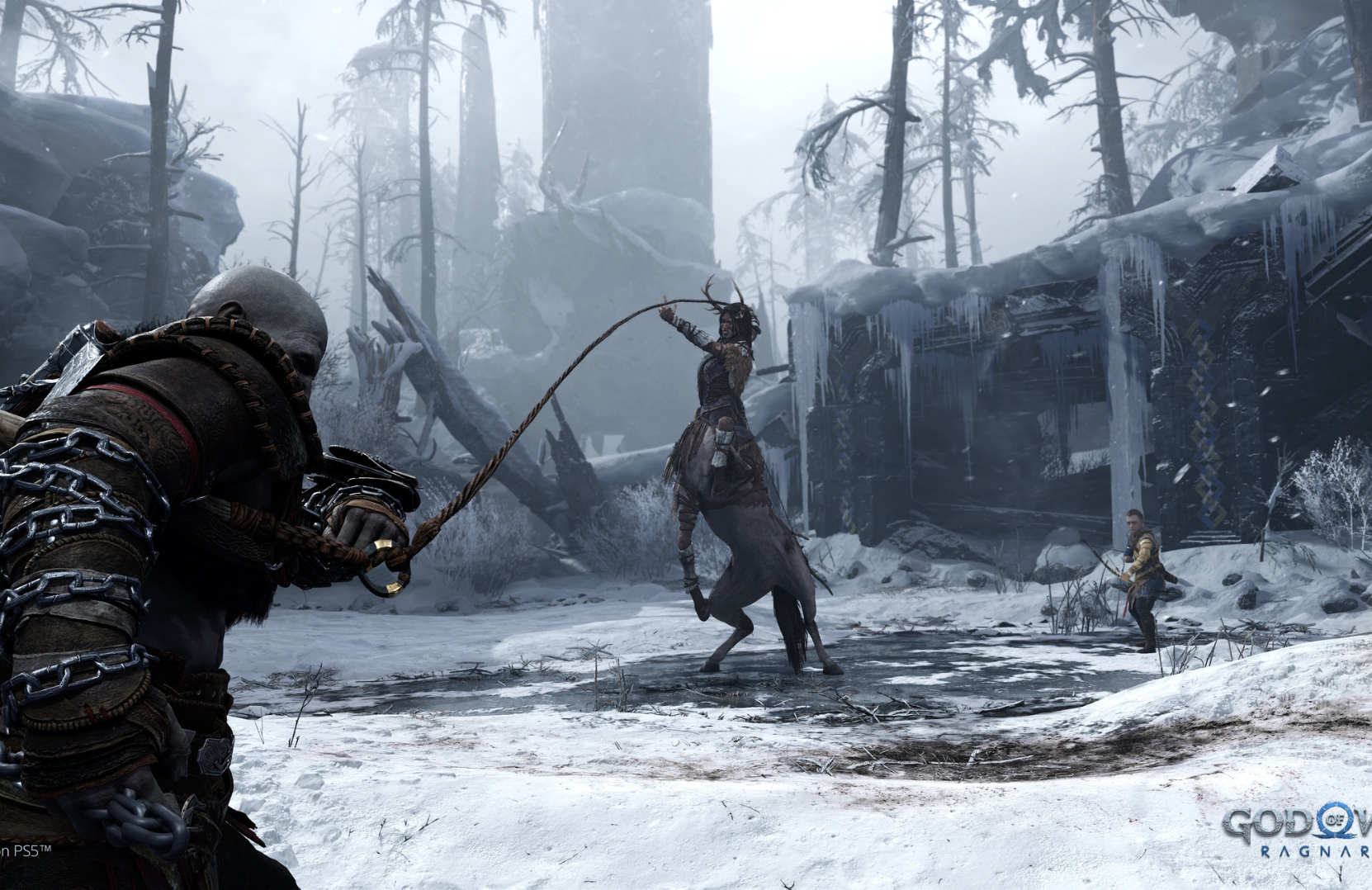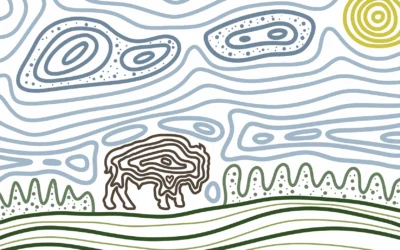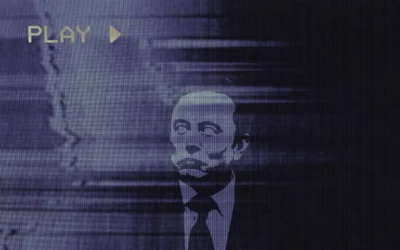Warning: this review contains mild spoilers for God of War Ragnarök based only on trailers and promotional materials, as well as spoilers for previous God of War games.
Aside from its numerous Game of the Year awards and other cultural accolades, 2018’s God of War ultimately defined the PlayStation 4 generation and was arguably the best game on the console. Not only did 2018’s God of War reinvigorate the long-dormant franchise, but it also brought PlayStation’s once flagship studio, Santa Monica Studio, back from the brink of collapse—all it took was by fixing gaming’s most unlikeable Greek god, Kratos, giving
him a son, and transporting him to the Norse realm of Midgard from ancient Greece. As a result, creative director Cory Barlog and co. will forever go down as producing one of the best video games and video game characters in history while bringing Santa Monica Studio back up from the depths of Hades into the shining new world of Norse lore.
So, what does all of this praise mean for 2022’s sequel God of War Ragnarök? Big shoes to fill and an expectation the size of Jötunheim’s mountain to overcome. With designer Eric Williams now at the helm under Barlog’s advisement, Ragnarök provides a worthwhile sequel that sees a fitting end to Kratos (Christopher Judge) and Atreus’s (Sunny Suljic) journey throughout the Nine Realms. Even though it might not hit the highs of 2018’s God of War, Ragnarök still provides a formidable adventure filled with explosive gameplay, masterful storytelling, and deep characters that kept Ragnarök interesting throughout my 50-hour completionist run.
God of War Ragnarök picks up shortly after the events of God of War: Atreus learns he is the trickster giant god Loki, Kratos’ death is forthcoming, and Ragnarök is on its way. In search of answers and hoping to reverse fate, Kratos and Atreus set back out to the Nine Realms while Fimbulwinter plagues the land for the upcoming apocalypse.
Gameplay/Graphics
In many ways, Ragnarök takes an “if it ain’t broke, don’t fix it” approach. Ragnarök is equipped with the same chaotic gameplay fans know and love from 2018’s God of War. Kratos is still armed with his iconic Leviathan Axe and Blades of Chaos that slice through enemies like butter when using the R1 and R2 buttons. With the help of the PS5’s DualSense controller, vibrations from axe hits and slams feel all the more real with the controller’s dynamic rumble. Furthermore, the game runs like a dream when using Ragnarök’s Performance Mode (a mode that standardizes smooth gameplay over resolution) that locks the game at 60 frames per second at 1440p—a mode I highly recommend playing all PS5 games on. God of War has never looked better, with environments
looking crisp, facial animation capturing subtle emotions, and smooth set-piece action that never stutters (aside from some minor glitches with Atreus). As with the previous game, playing as Kratos is the main staple of Ragnarök and is a blast from start to finish.
However, as good as specific PS5 elements are, the full capacity of what the PS5 can do is not utilized in Ragnarök. Due to the game being cross-gen (i.e. it is also available on PS4), Ragnarök does feel like a PS4 game. Like the previous game, you still need to lift stone blocks to let companions through to new areas, wait in Yggdrasil (the World Tree) to access new realms, and slowly crawl through dark corridors. Though 2018’s God of War is known for its iconic one-shot cinematic style—therefore, these elements can be justified narratively—what these sections are really used for is to hide the loading and rendering of new areas instead of using typical loading screens. Though these sections were needed for the PS4 due to technology limitations, these moments become much more apparent and tiring when playing on PS5, knowing the console’s SSD makes loading times nonexistent. Because of this downclocking for PS4, the game feels held back technologically, which is a shame due to the blockbuster calibre of Ragnarök.
Regarding the core gameplay, there are some new elements that Ragnarök introduces. There are new weapons for Kratos, arrow types for Atreus, and armour sets and relics to find. Like the previous game, Ragnarök rewards those who go off the main path and doing so will significantly help you defeat enemies and level up. Those familiar with the make-up of God of War will be right at home as these collectibles can be found by exploring the Nine Realms, completing side quests and challenges, and defeating boss enemies. For instance, the unforgiving Muspelheim trails return along with Berserker Gravestones that mirror the Valkyrie challenges of the previous game. Because it is roughly the same song and dance as God of War, these challenges do feel more tiring this time around, even with the previous game being four years old. However, these new gameplay elements spice things up enough for the game to feel more dynamic (and challenging, depending on your difficulty selection) even with this more copy-paste mentality to quests and challenges.
Unfortunately, Ragnarök is also a lot more puzzle heavy this time around, which puts a halt on the gameplay. Even with the previous games, there was always a personal disconnect as to why Kratos, a god that slayed Zeus, Hercules, and Ares, was doing Uncharted-like puzzles for loot. Though 2018’s God of War was more balanced when it came to juggling puzzles with combat, Ragnarök’s puzzles are a slog to get through especially considering the solutions are a lot more ambiguous due to these new gameplay elements. Additionally, Ragnarök introduces a major change to its gameplay never seen in previous God of War titles (something that won’t be spoiled in this review). Though it provides a unique perspective for Ragnarök’s story, it doesn’t fully pan out as
a fun gameplay aspect. Luckily, these sections aren’t the mainstay of Ragnarök and remain at the level of mid-annoyance rather than being outright bad.
Story/Characters
From a story aspect, Ragnarök is easily one of the strongest story’s ever told on PlayStation. Where God of War explored themes of grief, single parenting, and redefining your past, Ragnarök builds on these aspects while delivering a more mature story grounded in love, pacifism, and choice over one’s actions—themes that are quite wholesome despite the game being violent, bloody, and visually cold.
These themes are echoed throughout the journey of the Nine Realms as Kratos and Atreus return to previous areas now impacted by the frozen tundra of Fimbulwinter. Though some may find returning to the same environments from the last game as a cheap repackaging, seeing Kratos and
Atreus come back to these areas, like the now frozen-over Lake of Nine, provide a new definition to these realms—aided by more cheeky commentary by from Alastair Duncan’s loveable Mimir. For instance, instead of using God of War’s boat to move around the game’s setting (you will still do so in realms not fully affected by Fimbulwinter), you use a dogsled (yes, you can pet the dogs eventually) to get to new areas not seen in the previous game. From the lush
jungles of Vanaheim to the warm beaches of Svartalfheim, each environment feels completely different from one another and introduces unique mechanics that make them special. These areas make the Nine Realms feel brand new and provide greater context and nuance to the excellent worldbuilding God of War is known for.
As good as Ragnarök’s story is, it’s all made possible through the game’s excellent characters. As God of War focused on redeeming Kratos from being the misogynistic god murderer of previous games, Ragnarök’s central message is to stop the cycle of fate and be better for generations that will carry on your legacy. Therefore, unlike God of War, Ragnarök makes numerous references to Kratos’s time in Greece. For instance, Kratos talks about the boat captain he wronged in previous games and his own slaughtering of his family that started the events of the franchise—matched with some great PlayStation Easter eggs for eagle-eyed fans. Christopher Judge brings his best performance as Kratos by showcasing a lot more emotional depth this time around rather than being more hard and standoffish depicted in 2018’s outing. There is a lot here for God of War fans to bask in, and it’s nice to see Ragnarök finally refer to these past events not only to grow Kratos as a character but to add a much-needed connective tissue that brings the franchise together.
Furthermore, unlike 2018’s iteration, Ragnarök does not only focus on Kratos’s path. Ragnarök spends much of its time building Atreus into the adult worthy of his father’s name. Seeing Atreus forge his own path outside of Kratos was incredibly satisfying. I never found Atreus’s story annoying or frustrating, which is surprising, considering he is in his teenage years during Ragnarök. Though the typical teenage angst is there, it is more nuanced and formative than conventional. Sunny Suljic does a great job in bringing Atreus’s inner turmoil to life as Atreus explores his identity as Loki, the prophesized giant champion and as Atreus who has been moulded by the lessons of Kratos and hopes to save his father from death.
Ragnarök also does a great job of balancing its strong supporting cast of characters. Freya (Danielle Bistutti), Brok (Robert Craighead) and Sindri (Adam J. Harrington), and even Mimir get their time to shine, with each of them providing nuance and purpose to the world of the Nine Realms. Ragnarök does an excellent job of giving enough time to these characters so that they feel complete by the end of the game.
Ragnarök also features the introduction of the Aesir, and players finally get to go to Asgard as alluded to in the previous game. However, unlike Chris Hemsworth’s chiselled, lovable Thor, Ragnarök’s Thor, played by Ryan Hurst (The Walking Dead, The Ladykillers), is a bumbling drunk that has eaten one too many Saehímnir (Norse pigs) and fails to be the supportive husband and father to his wife, Sif (Un- charted’s Emily Rose), and daughter, Thrúd (Mina Sundwall). Additionally, Thor’s behaviour is due to the cycle of abuse and exploitation by his father, Odin (The West Wing’s Richard Schiff), ruler of the Nine Realms. Odin poses a formidable villain that is cunning, manipulative, and in need of knowledge that only Atreus can help with—with Odin taking on the pseudo grandfather role to Atreus in the process. It was refreshing to see Ragnarök take a sympathetic approach to the broken family of Asgard and the impact Kratos and Atreus have had on them (i.e. their murder of Thor’s sons Magni and Modi in the previous game). This approach doesn’t instantly vilify the Aesir but gives them more nuance in line with the game’s overall themes and message. For instance, the relationship between Thor and Odin and
even Thor and Thrúd provide great foils for Kratos and Atreus’s relationship, showcasing the different approaches to parenting: the former being abusive, while the latter two founded on love and trust.
Verdict
By the time the credits rolled on Ragnarök, I felt there were no loose ends to the game’s story or character beats that needed revisiting. Aside from some annoying puzzle-solving, technological underclocking, and occasional glitches, Ragnarök is the complete AAA package PlayStation is known for delivering. From its excellent well-crafted story, deep characters, and fun and chaotic gameplay, Ragnarök is a fantastic video game that every PlayStation owner should experience.





0 Comments